Tel: +44 (0) 203 371 1779
Email: Get in Touch
With the average Brit spending 90% of their time indoors due to the current pandemic, the composition of our home has a much bigger impact on our lifestyle and wellbeing than initial thoughts suggest. On the intriguing path towards an aesthetically pleasing interior, there are many elements to consider – none more so than spatial planning. Many renovation plans stem from the inherent need to increase space and light, however spatial perception and scale are rarely acknowledged.
All the greatest interior design schemes begin by evaluating the spatial perception and scale. Here, we explore how your home interior design can positively impact upon your wellness by utilising effective spatially perceptive techniques.
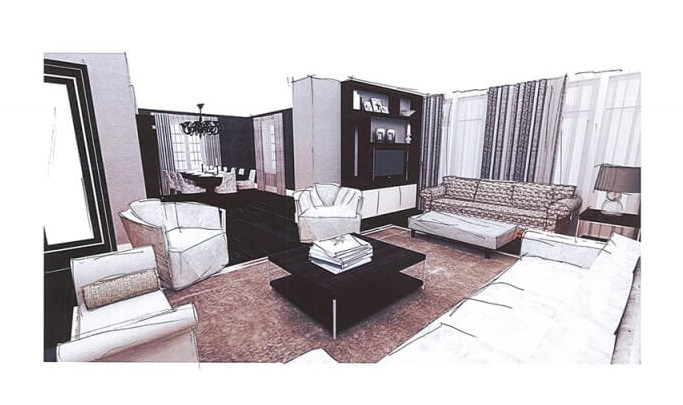
This crucial area of design allows us to use the space in the most effective and practical way possible. Helping us to effectively gauge the type and size of furniture, home lighting, decorative items, and accessories required, spatial planning is an essential tool to sidestep unfulfilling, costly design choices.
We will begin with an intimate analysis of how you intend to use the space, followed by a thorough plan to define the zones and activities that will take place within them.
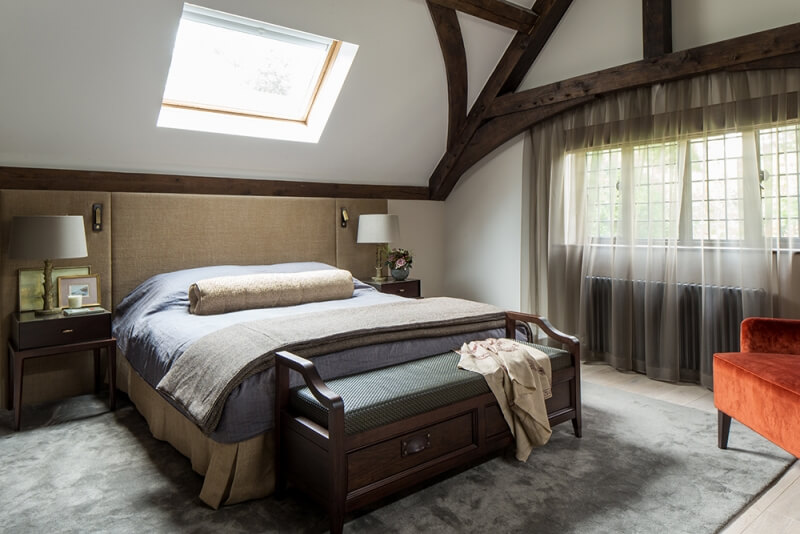
Referring to the movement of people through, around and between the built environment, such as entrances, corridors, stairs and landings, circulation space plays a pivotal role in the process of evaluating spatial perception and scale. Concentrating on how a particular area relates to other spaces in the home and defining circulation patterns on how people will move through and around the space over time, successful circulation ensures a natural flow of movement from room to room that everyone can appreciate.
Our spatial perception plan will also define unique circulation patterns, including detailed placement of furniture, fixtures, and fittings, as well as focal points and practical storage solutions.
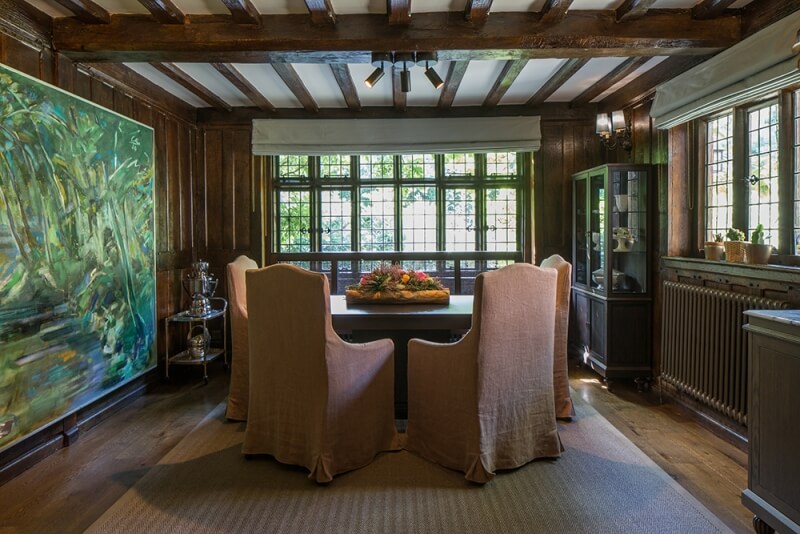
Spatial design also focuses on the space between interior and exterior environments, which is where spatial perception and biophilic design unite. Biophilia, meaning ‘love of nature’, provides a multi-sensory experience by incorporating naturally influenced design and ventilation into interiors. As well as pleasing on the eye, this visual stimulant can also have a positive impact on health and wellbeing.
Proven to enhance creativity, clarity of thought and reduce stress, biophilic design embodies natural light sources, vegetation, animals, and natural materials, colours, and shapes. Striking examples of biophilic interior design include the use of natural wood and stone, water features, skylights, plants, living walls, naturally inspired artwork, patterned wallpapers, and organic linens (or a simulation of these), as well as sustainable fittings e.g. low-flow bathroom taps.
The link between spatial perception and biophilic design clearly strengthens the principle of creating surroundings that enable their inhabitants to thrive.
As time spent in our homes inevitably increases, the inclusion of biophilic interior design is even more prevalent. Enabling people to fulfil their intrinsic need for exposure to the natural world, further advantages include:

** University of Queensland research.
*** The National Center for Biotechnology Information.
**** LBHF.GOV.UK The Economics of Biophilia.
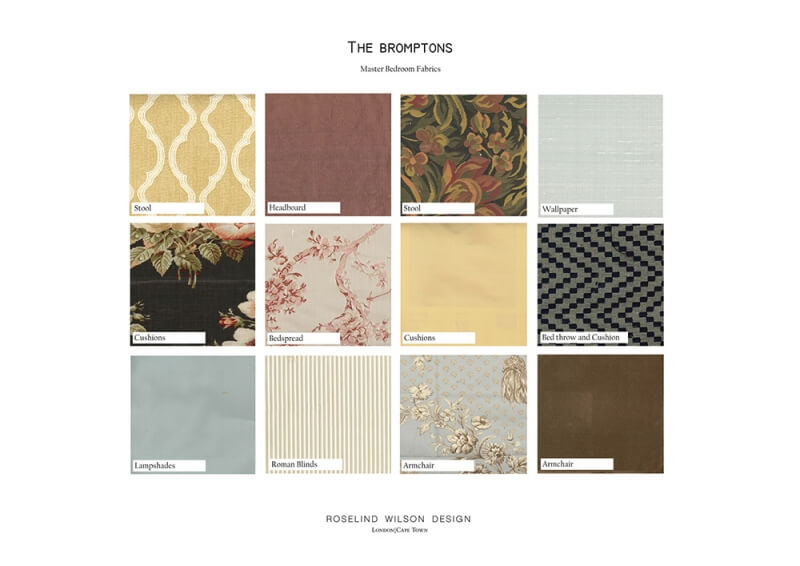
Therapeutic, calming and uplifting, biophilic colours take inspiration directly from nature. The colour of life, renewal, healing, growth, harmony, and safety, balancing shades of green hold an abundance of wellness qualities. However, biophilic interiors should not be limited to green hues alone. Depending on the need, tranquil areas of the home will benefit from pale shades of blue and grey. Whereas more stimulating spaces will benefit from fresh yellows and warming tones of orange.
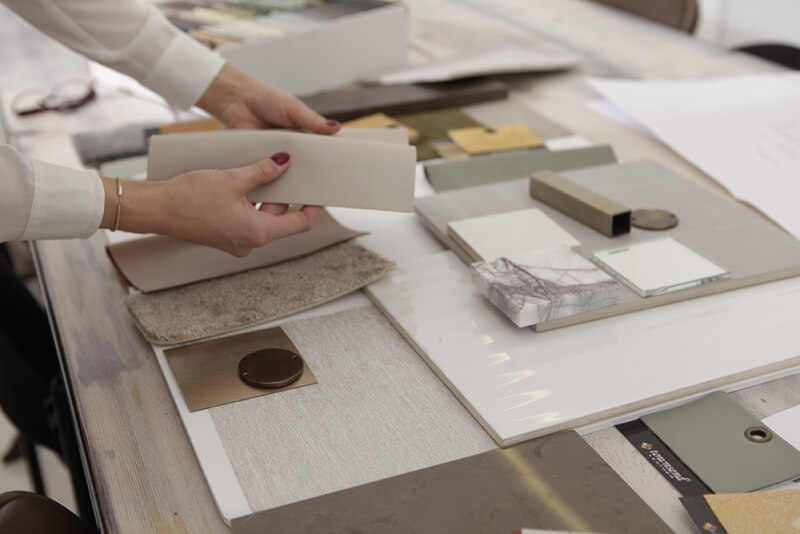
Antrim Grove | North West London
Stylish and versatile, this project provided a continuous flow of space, complete with natural accents – such as beautiful Amaya limestone, oak graphite doors with a natural oil wood finish and a large aquarium.
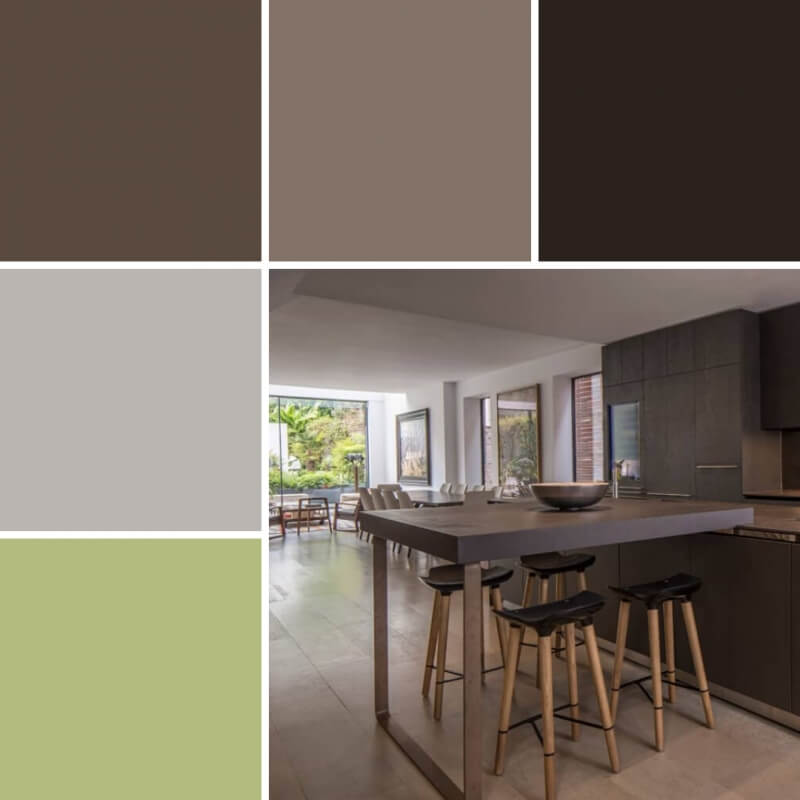
Occurring swiftly, naturally, and unconsciously, the restorative responses of spatial perception and biophilic design are truly remarkable.
We’d love to nurture your project and watch it flourish into a sight to behold – contact us today.
Related topics:
Firing up the fifth wall From the starry depictions of ancient Egyptians and divine murals of the Greeks to the intricate storytelling of Renaissance frescos, ceiling design has undergone dramatic changes through the ages. Historically, ceilings served as the crowning glory of interior spaces. However, with the passage of time and ever-evolving trends, enthusiasm for...
In our recent blog posts, we have explored planning a renovation, achieving the ultimate luxury look in your home, and the difference between the two design disciplines of interior design and interior architecture. In this post, we discuss when working with an interior designer is the right choice, guide you through the process of finding...
We use cookies to ensure that we give you the best experience on our website. See our Cookie Policy. If you continue to use our website, we will assume that you are happy with it. OK

